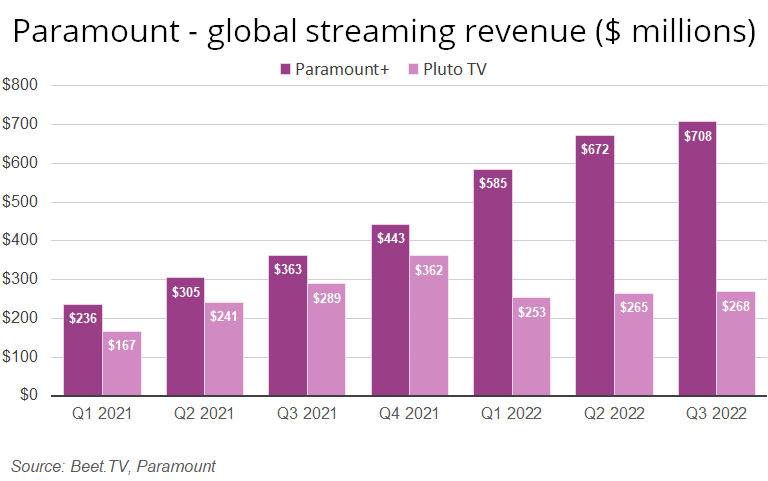MARCO ISLAND, Fla. – Millions of U.S. households have connected their televisions to the internet, opening up the possibility to watch a wider range of programming. Because each connection has its own internet protocol (IP) address, television advertising can be targeted at segments of the broader audience.
“CTV delivers a promise of having that direct conversation, but using the big screen to do so where it’s more powerful,” Julian Zilberbrand, executive vice president of advanced media at Paramount, said in this interview with Beet.TV contributor Mike Shields at the IAB Annual Leadership Meeting.
“When you’re thinking about CTV, it is to a household, not necessarily one-to-one, in many cases. So, there’s variations to all of that,” Zilberbrand said. “CTV delivers a significant promise, but there’s still growth to becoming.”

Paramount’s streaming platforms include the subscription service Paramount+ and the free, ad-supported television (FAST) service Pluto TV. Each platform offers ad targeting to varying degrees. Paramount’s audience graph can be matched with an advertiser’s first-party consumer data by using clean rooms that prevent the sharing of people’s personal information.
Scaling these capabilities among a mass audience requires media companies to collaborate and avoid becoming walled gardens. Siloed media channels make it more difficult for advertisers to tell whether they’re reaching different households or the same ones too often.
“For lack of a better term, I think the TV industry can create a TV version of a walled garden, where you’re coming and leveraging a multitude of partners in your execution,” Zilberbrand said. “We’re very supportive of the industry coming together and to make it easier for the buyer.”
You’re watching ‘What’s Next: Scaling CTV Through Industry Collaboration,’ a Beet.TV Leadership Series produced at IAB ALM 2023, presented by Index Exchange. For more videos from this series, please visit this page.














































